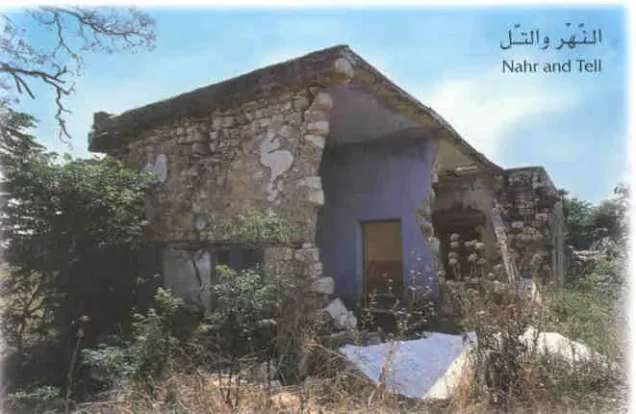
District: Akka (Acre)
Population 1948: 710
Occupation date: 21/05/1948
Occupying unit: Carmeli brigade
Jewish settlements on village/town land before 1948: None
Jewish settlements on village/town land after 1948: A part of Ben Ami
al-Nahr (Arabic: النهر), was a Palestinian village 14 km (8.7 mi) northeast of Acre. It was depopulated in May 1948 after a military assault carried out by the Carmeli Brigade as part of the Israel Occupation Forces's Operation Ben-Ami. Immediately after the assault, the village of al-Nahr was razed.
Alnahr Village Pouplation
In the 1922 census of Palestine conducted by the British Mandate authorities, Al Nahr wa Tal had a population of 422; 3 Bahai, the rest Muslim. In the 1931 census, Al-Nahr had 522 Muslim inhabitants, in a total of 120 houses.
Economic Life in Alnahr Village Before Nakba
In villagers of Al-Nahr lived principally of agriculture and animal husbandry. In the 1945 statistics it had a population of 610 Muslims, with 5,261 dunams of land.A total of 2,066 dunums was used for citrus and bananas, 1,094 dunums were allotted to cereals, 1,937 dunums were irrigated or used for orchards, of which 30 dunums were planted in olive trees, while 28 dunams were built-up land.
Occupation and Depopulation
commander of Operation Ben-Ami gave operational orders to "attack with the aim of capturing, the villages of Kabri, Umm al Faraj and Al-Nahr, to kill the men [and] to destroy and set fire to the villages."Benvenisti states that "the orders were carried out to the letter", while Morris writes that a number of villagers were apparently executed.
Israel Settlemnts On Alnahr Village
- The kibbutz of Kabri was founded the following year and uses land that had belonged to al-Nahr.
- The moshav Ben Ami, named after the fallen commander of an attack on nearby Nahariyya, was also established on the village's land.
Alnahr Village Today
- Only two houses remain, and one of them is partially destroyed. A tall date-palm tree grows on the village site, which is overgrown by wild grasses, a few cactuses, and fig trees.
- The cemetery, on the western side of the village contains one identifiable grave.
- The nearby Fawwara spring has been fenced in and declared private property.


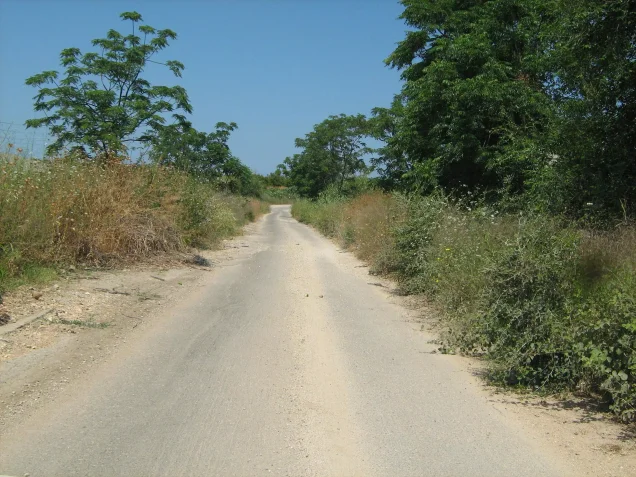
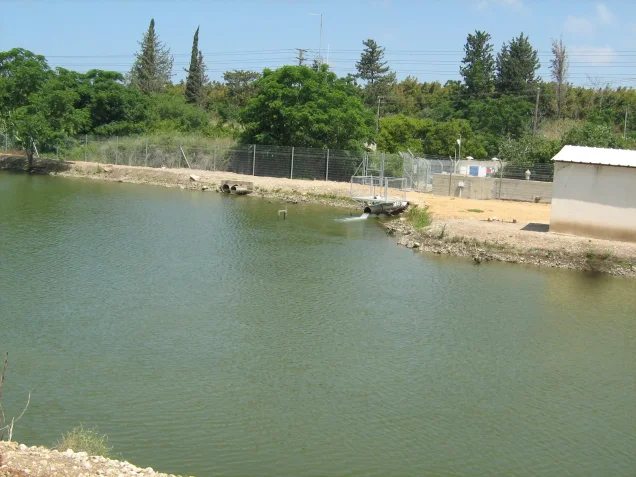
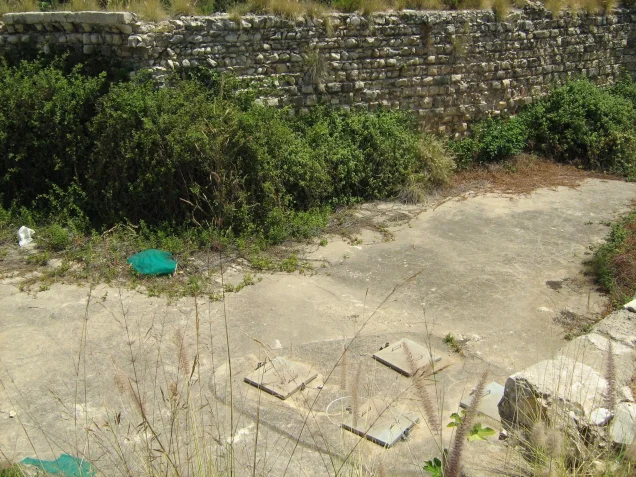
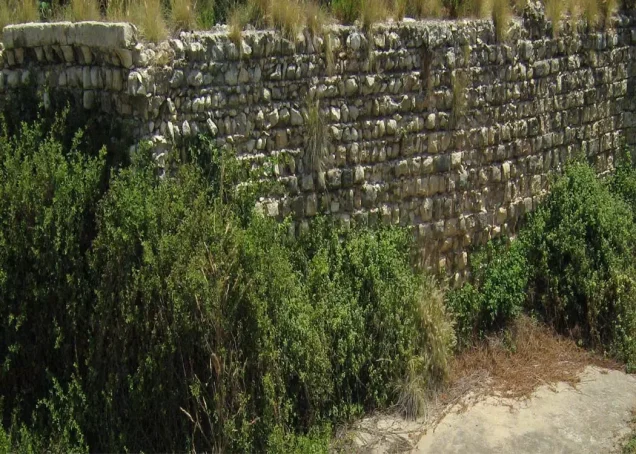

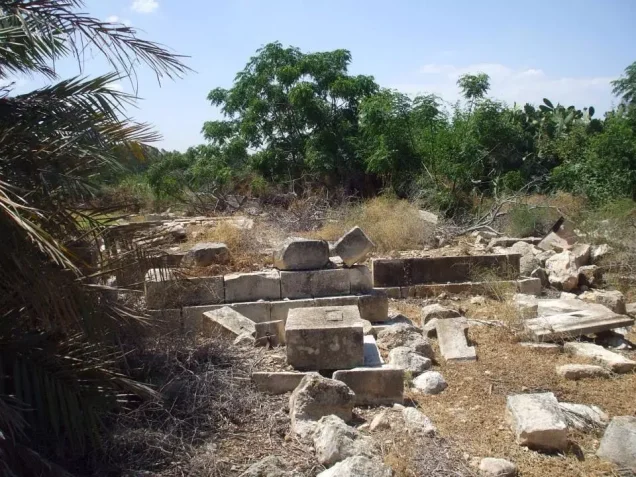
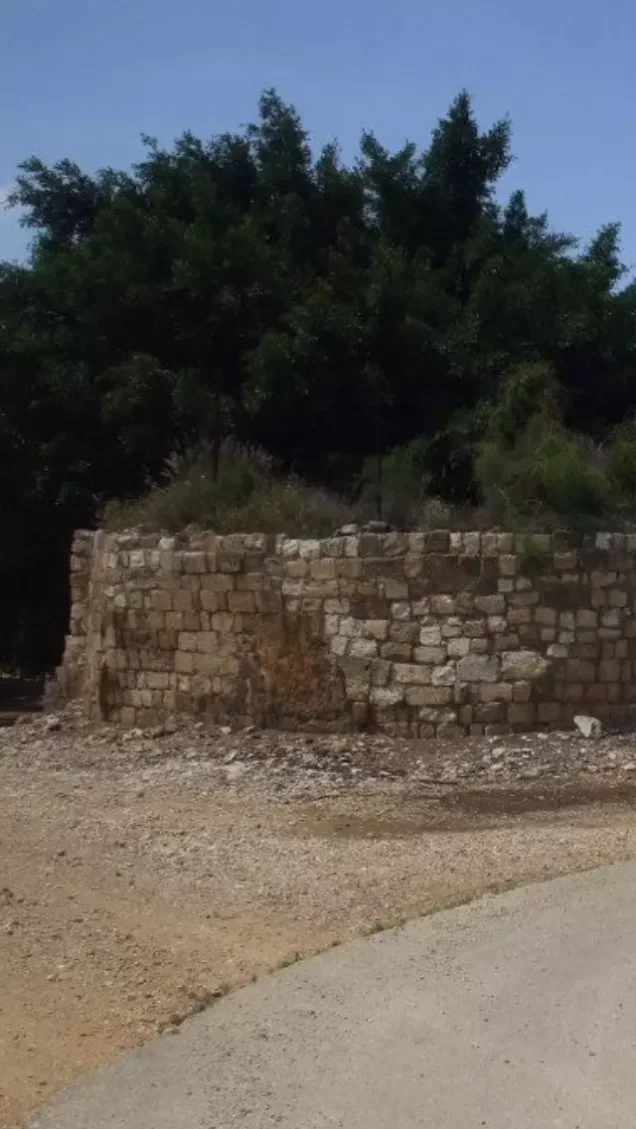
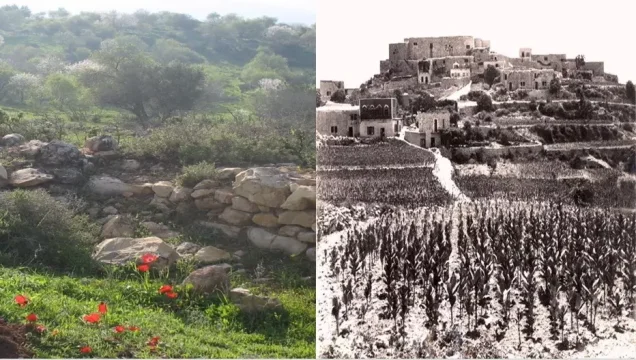
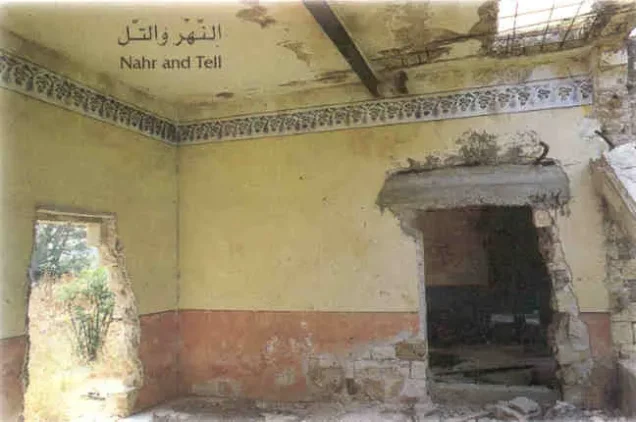
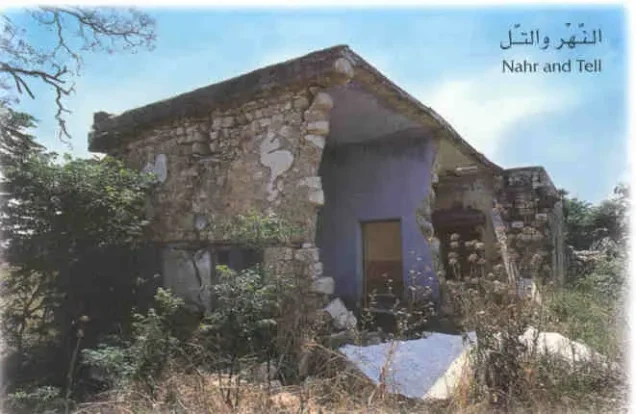

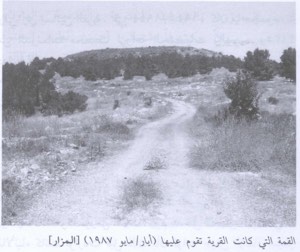
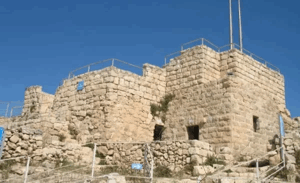
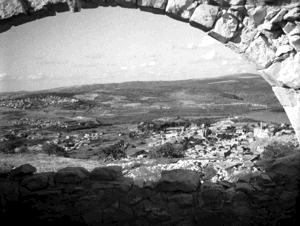
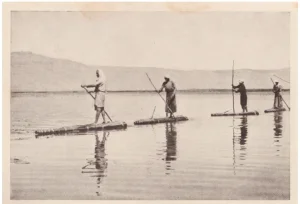
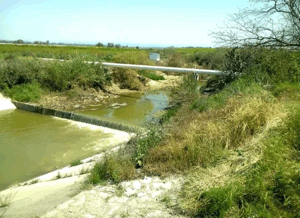
Share your opinion